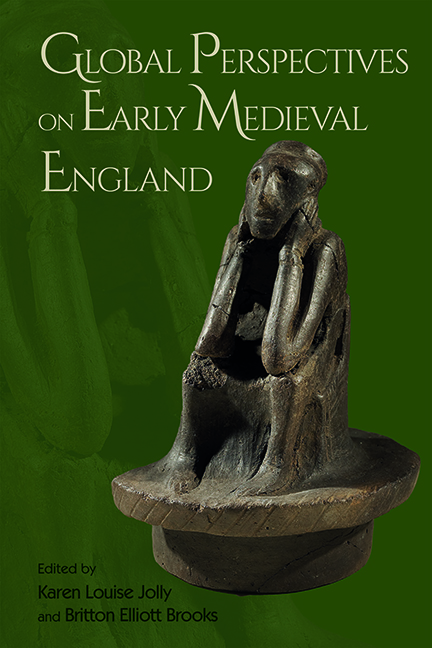Chapter 9 - Boniface and Bede in the Pacific: Exploring Anamorphic Comparisons between the Hiberno-Saxon Missions and the Anglican Melanesian Mission
Published online by Cambridge University Press: 26 May 2022
Summary
VISITORS to the Cathedral Church of St Peter at Exeter may not know it, but as they proceed along the nave, going deeper and deeper into this forest-like space, they are approaching an opening – a passageway between the Wessex of Kings Ine and Æthelheard and the southwest Pacific island of Nukapu in the days of Chiefs Moto and Taula. This transglobal and trans-temporal portal stands on the north side of the nave and is known as the Martyrs’ Pulpit. To casual tourists, it shows no signs of being a link between two hemispheres; it is well disguised as a fine example of Victorian Gothic Revival. But a few facts about the relations that went into the making of this object cause it to appear differently. It is the visual epitome of a grand comparison, a network of associations that, in the mid nineteenth century, opened mutually generating channels of communication between Northern Europe and the Pacific.
Designed by Sir George Gilbert Scott, the Martyrs’ Pulpit was erected in 1877. It is decorated with images of six men honoured by Christians as having died for the sake of the gospel (Fig. 9.1). Three corner niches depict biblical martyrs: St John the Baptist, St Stephen, and St Paul. Three lateral reliefs portray scenes in the lives of three British martyrs. On one side, St Alban prays as the executioner raises his sword. On the opposite side, St Boniface sails from Britain to preach on the Continent, where he will die at the hands of the Frisians in 754. But the front of the pulpit bears the main tableau (Fig. 9.2). Here, by European reckoning, it is 20 September 1871 on Nukapu, a small island roughly fourteen hundred miles northeast of Australia. In a composition evocative of the descent from the cross, three Nukapuans lower the body of Bishop John Coleridge Patteson, wrapped in a palm leaf mat, into a canoe. Soon, crew from the mission vessel – the Southern Cross, represented in the distance under sail – will send the ship’s boat to collect their murdered leader.
Clearly, this object is staging many simultaneous comparisons, not only among the six martyrs depicted but also pointing back to Christ and encompassing all martyrs, past and future; carved around the base of the reliefs are the words of the Te Deum, ‘[t]he noble army of martyrs praise Thee’.
- Type
- Chapter
- Information
- Global Perspectives on Early Medieval England , pp. 190 - 216Publisher: Boydell & BrewerPrint publication year: 2022

